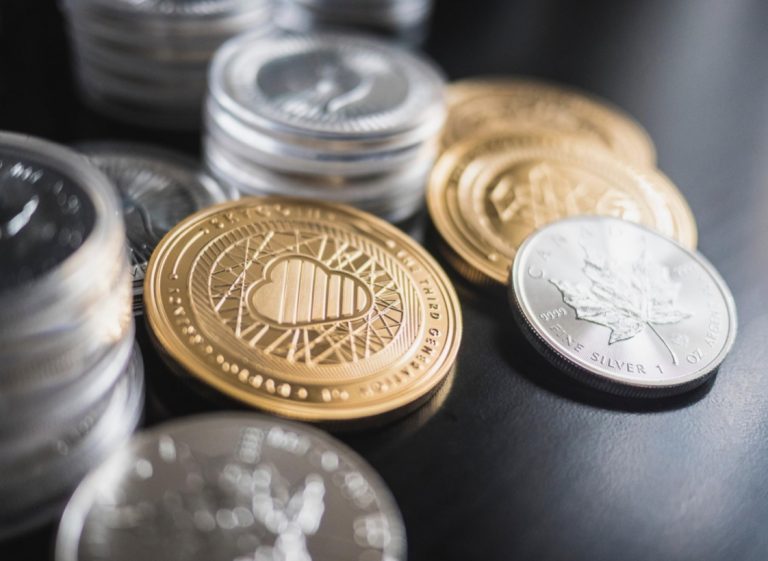Ethereum and WAX are some of the most popular Blockchain projects today. Ethereum, for instance, has been key to the development of the ERC20 protocol, while ETH is the 2nd top-rated crypto after Bitcoin. Ethereum also acts as a decentralized platform for the development of decentralized applications. It has also facilitated the creation of a vast number of altcoins.
WAX has become a competitive blockchain ecosystem by serving the online gaming industry. It provides a platform where users can develop and manage virtual markets for selling in-game items such as weapons, skins, and assets. Besides, its robust security features make it the preferred ecosystem for developers looking for a zero fraud risk platform.
ETH token is a powerful cryptocurrency second only to Bitcoin, while the WAX token is the main currency unit on the Wax ecosystem. What’s more, most exchanges list both ETH to WAX tokens which makes it quite easy to get them.
Given the resoundingly rich history of Ethereum and the groundbreaking breakthrough of WAX, many crypto enthusiasts would like to know what sets the two apart. So let’s explore the differences between the two blockchains.
Tokenomics
The common difference between any pair of cryptos is usually the price details. However, each cryptocurrency price is affected by a unique series of factors — although some factors are common to all cryptos.
Most recently, ETH was worth $3,228.70 as of August 2021. WAX’s latest price is $0.283072 as of the same period.
While Ethereum recorded a 24-hour trading volume of $17,337,192,081 WAX recorded $47,971,603. What’s more, Ethereum’s price is down by 5.82%, while WAX recorded a higher price drop of 7.48%.
The $379,389,337,636 live market capitalization showcases Ethereum’s strong performance in the crypto world. This is a higher figure compared to the $496,207,018 live market cap of WAX.
The performance of crypto is also sometimes evidenced by tokens in circulation. So how does WAX compare to ETH? Ethereum has a total circulating supply of 117,505,349 coins. However, the max supply is not publicly known. WAX has a total of 1,752,936,706 tokens in circulation.
Considering all these metrics, CoinMarketCap ranks Ethereum in position 2 and WAX in position 126 among the listed crypto on the website. You may trade these cryptocurrencies for each other at reliable exchange services like Godex. If you wish to convert Etherum to WAX, on this website, you’ll find the best rates. You may also find other popular pairs like BTS to BTC here.
The Difficulty of Block Production
The difficulty of block production determines how new tokens are mined or added to the blockchain. It depends on the hash rate, the hardware used, power consumption, consensus protocol, and the number of blocks required.
The difficulty level on Ethereum is 9,042.18 TH with a hash rate of 695,712.60GH/s. Although this information is not available for WAX because it is not mineable, we can still look at its block production through WAX Guilds.
Selecting WAX Guilds allows you to produce tokens upon approval by the WAX community. Blocks are produced on the blockchain every 0.5 seconds. Unlike Ethereum, block production is scheduled on WAX, which means they’re skipped if not produced on time.
For every block added on the Ethereum blockchain, ETH miners are rewarded 2 ETH while the uncle block attracts a 1.75 ETH reward.
WAX encourages block production by not awarding WAX Guilds for producing less than 51% of scheduled blocks.
Consensus Protocol
Consensus mechanisms are protocols used by blockchains to establish an agreement between application servers, databases, and other infrastructure. New protocols have been built recently, allowing system users to agree on their networks.
The consensus protocol used may differ from one system to another — depending on the crypto’s infrastructure.
Ethereum uses a Proof-of-Work consensus protocol and plans to upgrade to the Proof-of-Stake protocol in the coming years. The PoW protocol enables Ethereum nodes to agree on the status of every piece of information that goes through the blockchain.
WAX utilizes the Delegated Proof of Stake (DPoS) consensus, which requires WAX Guilds to produce blocks. The DPoS enhances the honest nodes’ nominal condition. This is done by boosting network connections, ensuring all the dApps on the blockchain have improved performance.
Conclusion
Ethereum and WAX are some of the fast-evolving cryptocurrencies as global crypto adoption reaches new heights. Hence you need to always keep up with their tokenomics, especially if you plan on investing in either of the two assets. One way to keep up with ETH and WAX developments is to understand the core differences between the two.
There are clear differences between Ethereum and WAX as far as their prices are concerned — with Ethereum having the upper hand. The two cryptos also have a varying number of tokens in circulation, a factor that also affects their price tendencies.
Cryptocurrencies can also be compared based on the difficulty of block production. Cryptos such as Ethereum are mined and therefore require powerful hardware to pull this off. The hash rate determines how fast or slow network users add new blocks to the blockchain. WAX differs from Ethereum in how blocks are produced by using WAX Guilds and scheduling block production.
In conclusion, understanding these clear-cut differences will help you strategize and diversify your cryptocurrency investment portfolio.


0 Comments